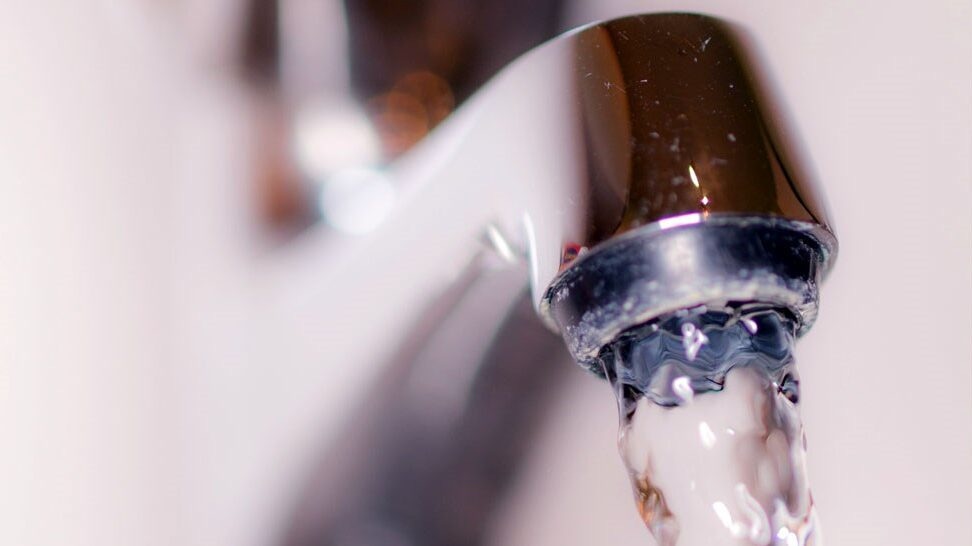New dashboard shows PFAS testing in Minnesota drinking water

(MGN/ William Warby / CC BY 2.0)
State officials have unveiled a new tool to help Minnesotans see if there are man-made chemicals in their drinking water that could be harmful to them.
Tuesday, the Minnesota Department of Health rolled out its per- and polyfluoroalkyl substances (PFAS) interactive online dashboard, which shows the status and results of testing for PFAS in community water systems.
The department started its PFAS testing project last year and the dashboard shows its current status.
“With this new tool, Minnesotans will be able to see for themselves whether PFAS is a concern for the health of their communities and their families,” MDH Commissioner Jan Malcolm said in a statement. “Our statewide testing and dashboard are just two examples of how Minnesota continues to be a national leader in providing safe drinking water.”
According to the dashboard, only one site in St. Paul Park has a concerning PFAS level but MDH says that’s just the city’s third well, which isn’t typically used. The rest of the completed tests across the state have found either no PFAS or minor and unconcerning levels.
MDH says high levels of exposure to PFAS are associated with a wide range of health problems, ranging from higher cholesterol and reduced immune response to changing liver function, thyroid disease and increased kidney and testicular cancer risks.
“MDH conducts robust testing to make sure that drinking water meets state PFAS guidance,” Sandeep Burman, the manager of MDH’s drinking water protection section, said. “PFAS is a topic of increasing national interest, and Minnesota has taken a proactive approach to addressing PFAS in our communities and our environment. PFAS science and standards will undoubtedly continue to evolve at the federal and state level and as we learn more, we will update PFAS guidance and work with systems to be sure that drinking water stays safe. The dashboard will help us and our community partners manage PFAS in drinking water now and into the future.”
The state has completed testing in 401 of the state’s 900 public systems but the remaining systems serve only around 25% of Minnesotans, MDH says.